
11 minute read
NUTRITION: FEEDING STALLIONS
NUTRITION
Preparing your Stallion for the Breeding Season
Careful attention to pre-season nutrition will pay dividends, writes nutritionist LARISSA BILSTON
Although breeding is obviously a natural function for stallions, fertility levels don’t have to be left to genetics and luck alone.
For instance, it’s import to take care of routine dental work, worm counts and worming, as well as other veterinary issues a few months before breeding season. A good tip is to try to avoid annual vaccinations during or in the lead-up to breeding season.
Breeding is hard physical work for a stallion, and they need to be as fit as possible. Nutritionists estimate that the calorie and nutritional requirements of a stallion during breeding season are equivalent to a horse in moderate work. Moderate work is defined as a horse performing 3 to 5 hours per week of walking (30%), trotting (55%), cantering (10%) and skill work such as low-grade jumping, dressage or cutting (5%).
Providing some fitness work over winter can help prepare your stallion for the rigours of the breeding season, especially if he has a full book of mares to cover.
Most stallions will lose weight during breeding season because they spend less time relaxing and more time being alert and moving which uses more calories than they may actually be consuming.
If you know your stallion loses weight during breeding season, it is a good idea to allow him to gain a little additional weight over winter so that he has a slightly heavier body condition score (but is not overweight) before breeding begins.
It can be valuable to establish a routine so that stallions are not distracted during feed time. Limit movement of horses around the property at feed time and avoid serving mares or having mares arrive or leave at this time of day.
If the stallion is also in work or training during breeding season, lighten the work-load especially if he is losing body condition.
As you will so often read, the basis of any good equine diet is roughage, whether the horse is stabled or at pasture. Ensure your stallion has free-choice access to adequate grass or grass hay, especially if he is kept in a yard or stable AUGUST 2019 - HORSEVIBES MAGAZINE 27
Supplementing feed is an important consideration as the breeding season approaches.
during breeding season. Providing a fresh source of grass or grass hay with a high content of leaf and minimal stalks or seed stems helps to meet the stallion’s protein and energy (calorie) requirements.
Supplementing with lucerne hay is also a good way to add essential lysine to the diet, but limit lucerne to 30 percent of the total forage intake to avoid excessive dietary protein and calcium.
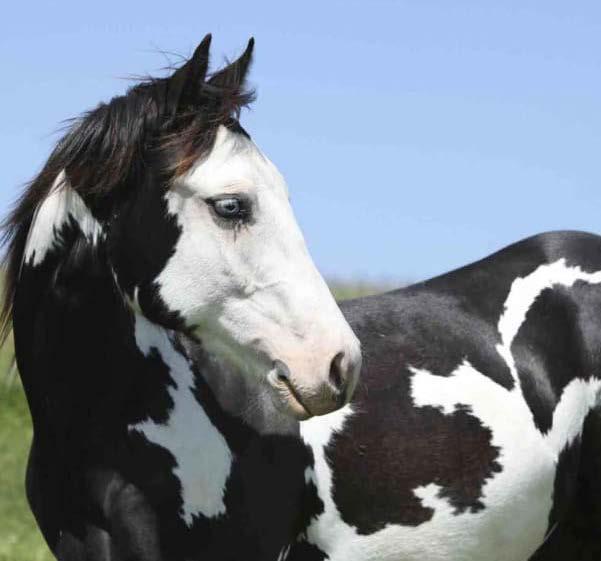
When choosing your grain or energy source, consider how much time and energy you’re willing to put into preparation. Whole oats can be fed raw, but other cereal grains such as barley, sorghum, corn and wheat should always be fed in a cooked form. You can boil them or buy steam-flaked, pelleted or micronised. You may wish to avoid the cooked grains with added molasses - just check the labelling on the bag. Some super fibres require soaking (but it doesn’t take long) and whole lupins are also best soaked to soften the seed coat. Stallions prone to gastric ulcers should avoid cereal grains (e.g. corn, oats, wheat, rice, barley) and by-products (millrun, bran, pollard) in their diets. Choose calorie sources high in digestible fibre (‘super fibres’) such as beet pulp, legume hulls or copra, or legume grains
If you’re using a premixed feed, choose one formulated for working horses or stallions rather than a brood mare feed as the mineral and protein levels will be better suited to your stallion’s requirements.
Another handy hint is that vegetable oils are a good way to increase the energy density of the diet and help maintain weight, especially when giving large hard feeds. (Read more about how to choose the right oil to feed your stallion in the section on oils below.)
If your horse needs more than two or three kilograms of hard feed (or more than one or two kilograms for a pony) to maintain weight, it’s much better to split the amounts into multiple smaller feeds given over the day, to keep their diet as close to their natural grazing habits as possible. Adding an extra feed per day can be a useful tip to help your stallion maintain weight over the breeding season.
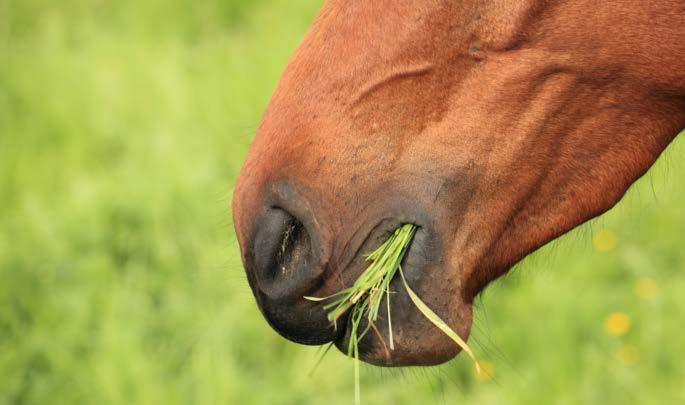
Feeding stallions who have to watch their weight
The hardest part about helping horses lose weight is to ensure they are able to eat all the time, but at the same time not consume too many calories.
The best way to be certain of how much energy (calories) your stallion is consuming is to control all intake by using a yard and feeding low-calorie hay. The only way to be sure of the calorie content in hay is to send a sample to a laboratory for testing. If this is not possible, try to select grass hay which was cut from more mature, stalkier plants as the energy content is likely to be lower (native, teff or rhodes grass hay are good examples). Soak hay for a half an hour in hot water or an hour in cold water then drain before feeding it in a slow feeder haynet to remove some calories but be careful of mould growth during hot weather if it’s not eaten within a few hours. a couple of hours in the early morning when the plant’s energy stores are at their lowest is good practice when limiting pasture to a pony or overweight horse. A grazing muzzle could also be used to increase his ‘safe’ grazing time each day.
Grazing time may need limiting for stallions prone to excessive weight gain.

Choosing vitamin and mineral supplements for stallions
Even if your stallion is grazing the best grass in the world, grown on the best soils in the land, he will need supplementary vitamin E and some minerals (usually magnesium, copper, zinc, iodine and selenium and in many cases, calcium or phosphorous as well) to top up the diet to optimal levels and balance mineral ratios. I can’t stress enough that mineral balance is critical. It is surprisingly common for horses to be lacking in essential minerals due to imbalance with other competing minerals, even when the diet provides more than the recommended daily intake (RDI) of each mineral. Poor mineral balance will negatively impact on feed use efficiency and can reduce fertility.
Supplementing stallions with selenium and primary antioxidants such as superoxide dismutase sourced from melon extract has been shown to improve the quality of fresh, cooled and frozen semen. But be careful not to double dose on selenium through different feed sources as this is one
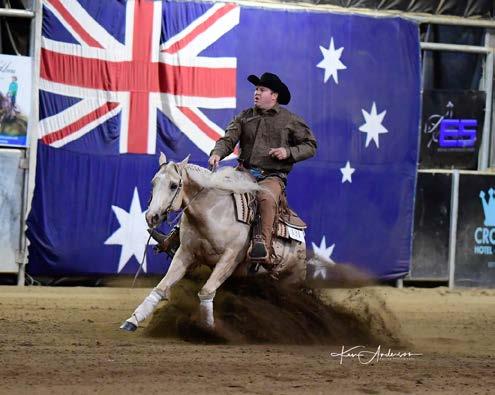
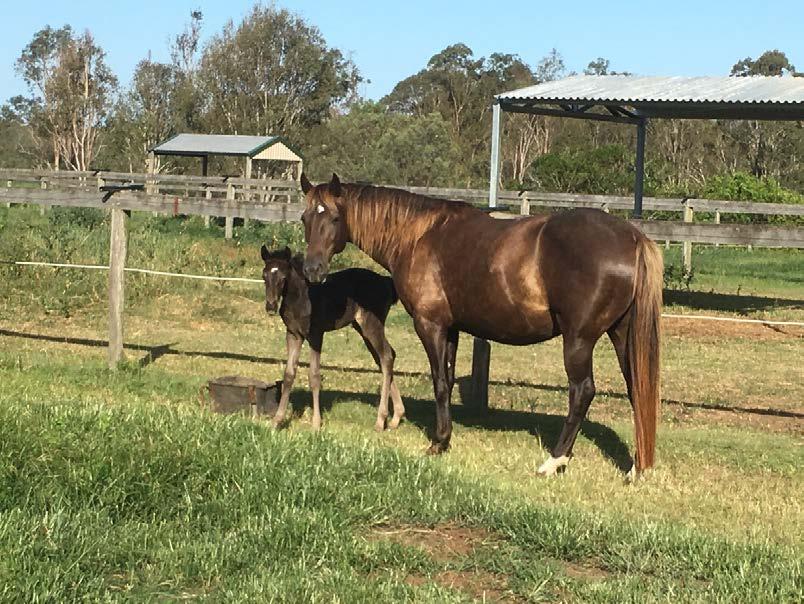
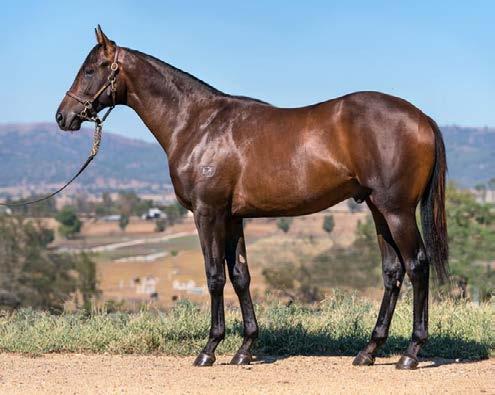
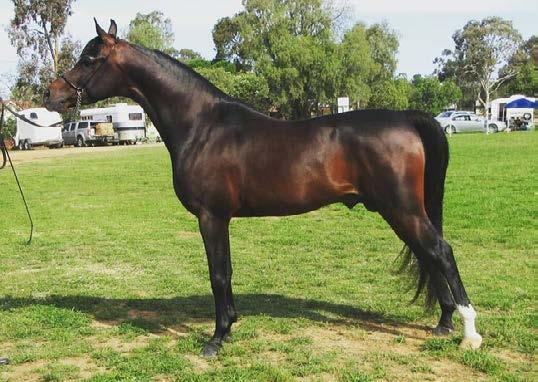
Make the Most of Advances in Scientific Nutrition
Breeding this season? In this article equine nutritionist Larissa Bilston shares tips on how you can use the latest science-based feeding strategies to increase your mare's chance of going into foal quickly and optimise the stallion's fertility. Marine-sourced Omega-3s aid fertility and foal development
Marine-sourced forms of omega-3 (EPA and DHA) provide proven to benefits to breeding and growing horses. Supplementation should begin 60 days prior to breeding and continue in the mare through until weaning. Broodmares fed DHA experience reduced inflammation post-breeding, increased conception rates and reduced number of cycles taken to achieve a confirmed pregnancy. DHA supplemented stallions benefit from improved semen quality, sperm count and conception rates. Research demonstrates that DHA is effectively transferred to the developing foal in utero and via milk when their mothers are supplemented throughout pregnancy and lactation. Foals from supplemented mares have shown improved cognition, development and trainability later in life. Farmalogic Omega Balancer combines plant and marine-sourced omega-3 fatty acids in a highly stable, powdered form that stores safely in a feed shed environment. Equine Vit&Min Omega-3 PLUS is an all-in-one vitamin, mineral and EPA/DHA omega-3 balancing solution for optimal health and performance of breeding and growing horses. The role of antioxidants in reproduction
Supplementing stallion diets with organic selenium and SOD primary antioxidants is scientifically proven to improve stallion fertility through better semen quality and tolerance to chilling/freezing. Antioxidant supplemented stallions also produced more straws of semen per breeding season.
Farmalogic Melox contains scientifically balanced levels of natural-sourced vitamin E, vitamin C, pure organic selenium and plant-derived superoxide dismutase (SOD) for boosting the reproductive and immune systems of breeding stallions and mares.
Looking a ter gut health in breeding horses
In breeding horses, the stress of serving, scans, transport, giving birth and weaning can cause populations of beneficial gut microbes to become rapidly depleted which may lead to suppressed appetite, hind gut acidosis and colic. Research demonstrates that live yeast probiotics and prebiotics such as the MOS component of yeast cell walls improve gut health by favouring beneficial microflora and inhibiting bacterial pathogens, improving feed use efficiency, improving colostrum and milk quality and reducing the risk of hind gut acidosis.
Farmalogic Rejuvenate contains prebiotics and live yeast probiotics for horses to maintain gut health and aid in enhancing performance during and after periods of stress. Available as a paste or powder. Fine-tuning mineral and electrolyte balance
Correct basic nutrition underpins any successful breeding program and your horse's ability to reproduce efficiently relies on access to the right nutrients at the right time. It is well worth the investment in having a professional nutritionist assess your horse's mineral balance in the lead-up to breeding season to ensure your horse has optimal nutrition and avoid deficiency-related infertility. Your nutritionist will also be able to advise how to feed your broodmare throughout the different phases of gestation and lactation.
As a part of our strong commitment to customer service, and to help save you money, we offer all Farmalogic customers a free diet analysis to finetune your horse ’ s diet and calculate the level of supplementation your horse requires.
Equine Vit&Min ’ s leading nutritional supplements are scientifically formulated to top up and balance your horse ’ s diet with the vitamins and minerals often missing in horse ’ s feeds. With six blends and a pelleted version to choose from, there's an EVM to suit most horses!


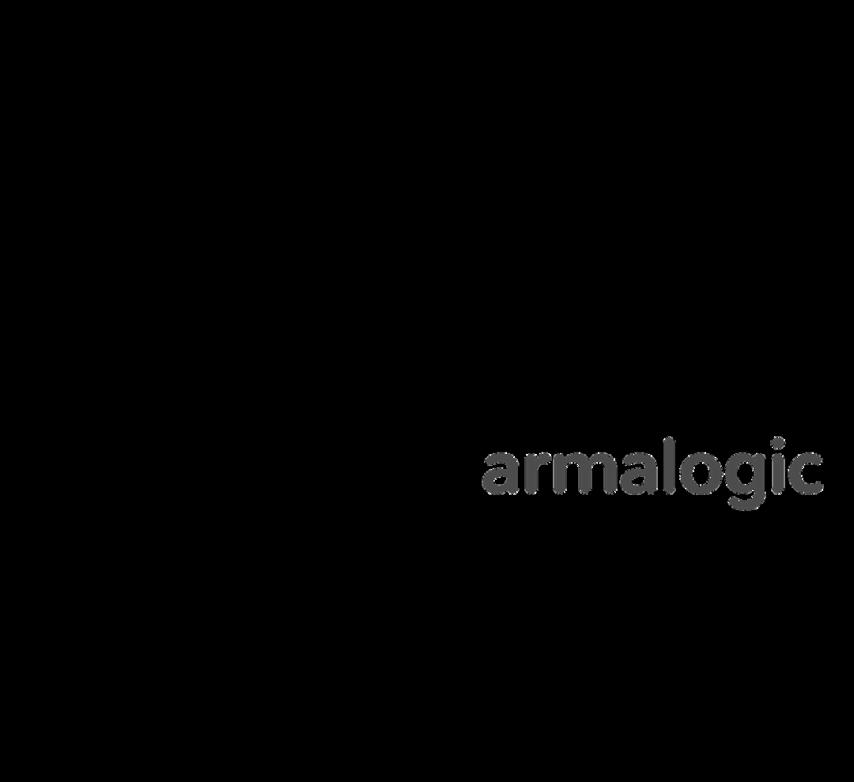
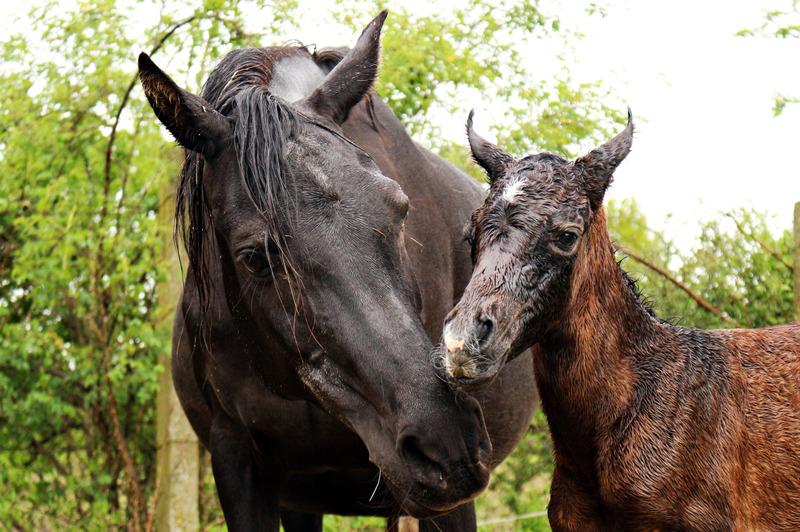

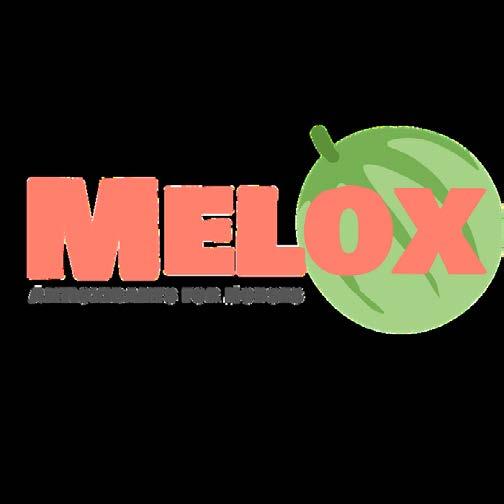
An example of a stallion in peak breeding season condition
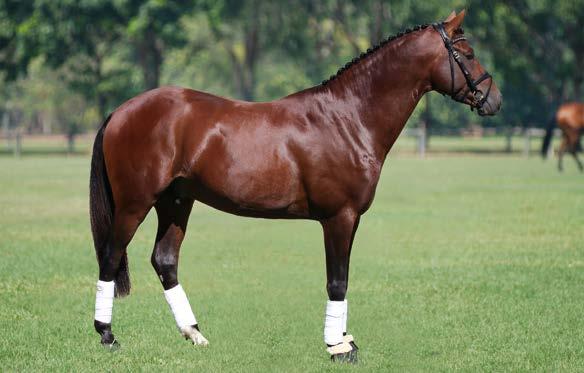
mineral where toxicity can occur even with fairly low levels.
Boosting fertility with Omega-3 fatty acids
Omega-3 fatty acids are a type of dietary polyunsaturated fatty acid that can be used to effectively assist in the general and respiratory health of breeding stallions. But some forms of omega-3 are more effective as a supplement than others. that marine-sourced forms of omega-3 (EPA and DHA) are even more potent than plant-based omega-3 fatty acids (ALA). DHA levels are especially high in sperm cells. Research shows that daily supplementation with 10 to 20 grams of marine-sourced DHA per 100kg bodyweight improves the quality of cool-stored stallion semen and provides better tolerance of sperm to freezing. Stallions with marginal fertility may benefit most from DHA supplementation. Vegetable oils such as rice bran, canola and sunflower and oils contain some ALA, but most contain much higher levels of omega-6 fatty acids. Therefore, stallions being fed vegetable oils such as rice bran or sunflower oil will need significantly more omega-3 supplementation than horses relying on grains for energy. Horses on high grain diets, and those reliant on hay and chaff for roughage will need more omega-3 supplementation than horses grazing green grass.
Good nutrition is the basis for stallion health fertility
Take advantage of scientific knowledge and have a nutritionist review your stallion’s diet prior to breeding season for optimal fertility. I would also recommend that mare owners ensure optimal nutrition since this may minimize the number of mares returning for re-breeding after the first cycle.
Larissa Bilston (B.Agrsc – Hons 1) is an animal nutritionist.










